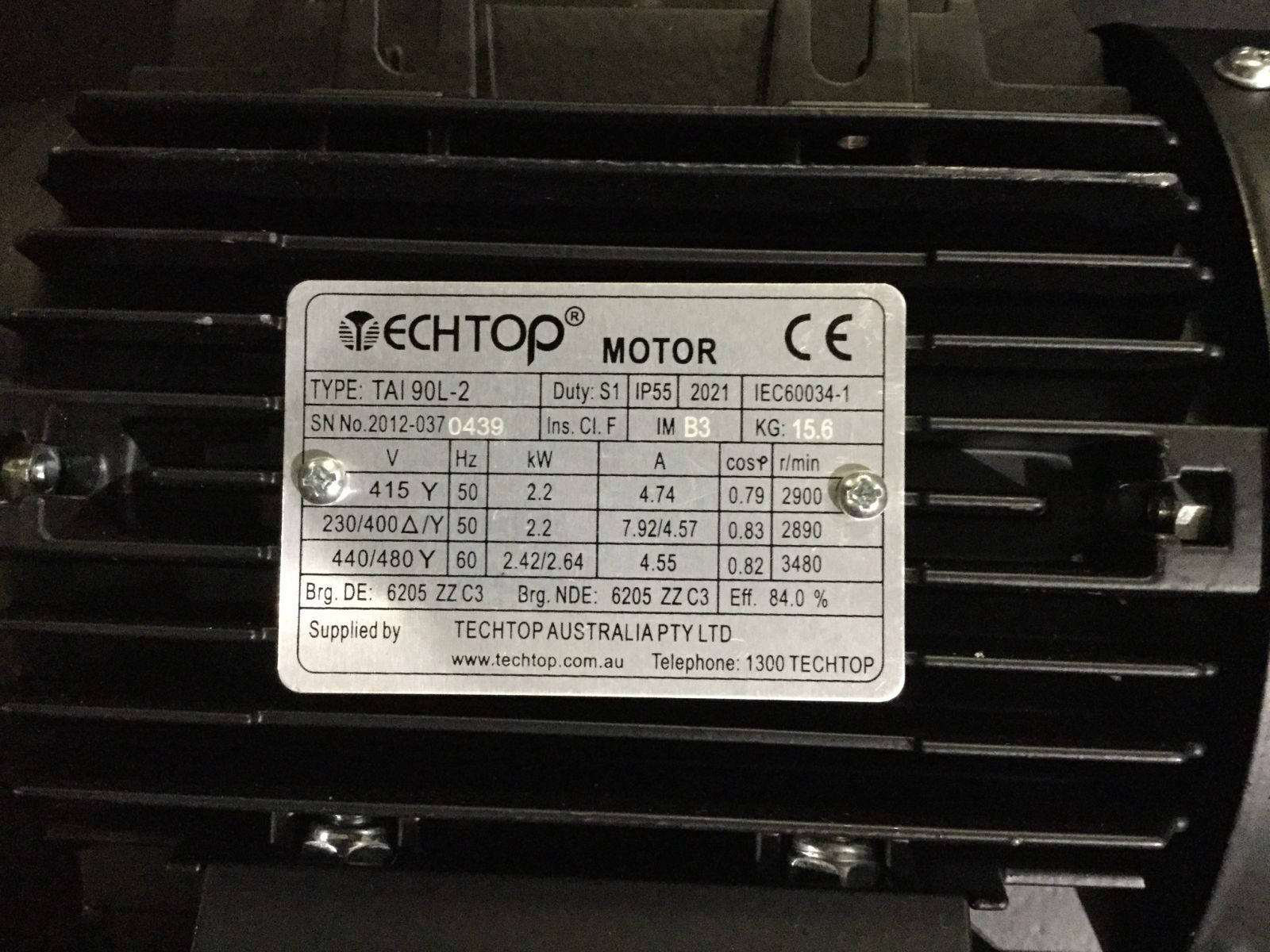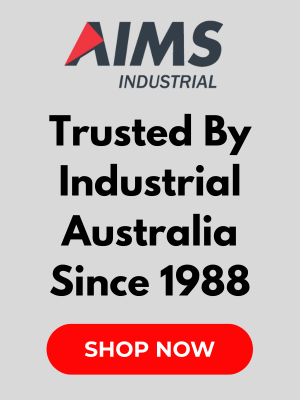Electric Motor IP Ratings

.png)
Electric motor IP ratings tell us how well a particular motor unit is protected against solids (eg. dust) and liquids (eg. water spray).
IP ratings are identified by two numerical digits that correspond to a certain level of protection, according to standards set by the International Electrotechnical Commission (IEC).
|
First number |
Protection against solids |
Second number |
Protection against liquids |
|
0 |
No protection |
0 |
No protection |
|
1 |
Protected against solid objects over 50 mm |
1 |
Protected against vertically falling drops of water |
|
2 |
Protected against solid objects over 12 mm |
2 |
Protected against direct sprays up to 15° from the vertical |
|
3 |
Protected against solid objects over 2.5 mm |
3 |
Protected against direct sprays up to 60° from the vertical |
|
4 |
Protected against solid objects over 1 mm |
4 |
Protected against sprays from all directions – limited ingress permitted |
|
5 |
Protected against dust – limited ingress (no harmful deposit) |
5 |
Protected against low pressure jets of water from all directions – limited ingress permitted |
|
6 |
Totally protected against dust |
6 |
Protected against strong jets of water from all directions |
|
|
|
7 |
Protected against the effects of temporary immersion up to 1 metre |
|
|
|
8 |
Protected against long periods of immersion under pressure |
|
|
|
9 |
Protected against high pressure and temperature water jets |
The first and second numbers indicate the electric motor’s rating of protection versus solids and liquids, respectively. The higher the number, the higher the ingress protection.
Most of the TechTop electric motors we carry have the following IP ratings:
- IP55: Standard for most TechTop series
- IP66: Standard for TechTop TAP, EXD and TCIM series
(Please refer to the IP rating chart on page 28 of the TechTop catalogue. This article by Electrical Engineering Toolbox has more details.)
IP ratings are usually shown on the ID plates of electric motors:

Shown is the ID plate for a TechTop TA2B0223TAI aluminium motor indicating the IP rating of IP55
*It is possible to have the motor upgraded to higher IP ratings as needed.
What IP rating do you need?
The recommended IP rating for the electric motor you need to buy will depend on the environment it’s meant to operate in.
In most indoor applications, an electric motor with a rating of IP55 will suffice.
However, you’d want to have high IP ratings where the environment constantly deals with a lot of dust, high-pressure liquids or potentially combustible substances, such as in:
- Sewage and water recycling plants
- Mining and quarrying sites
- Construction sites
- Lumber factories
- Oil and gas rigs
We put together a quick guide to help you choose the right electric motor, so make sure to check that out. If in doubt, don’t hesitate to contact us and we will help you.
AIMS' Note on Safe Use of Belt-Driven Systems
- Power down: Before any inspection, maintenance, or adjustment, make sure to completely shut down the power to the machine and apply a lockout/tagout (LOTO) device to prevent accidental restarts.
- Right belt for the system: Keep in mind that v-belts (especially cogged / notched / wrapped belts) are different from synchronous /timing / ‘toothed’ belts. Some mistake the cogs for teeth but remember that cogged belts run on V-shaped pulleys that do not have teeth. Are you operating where flammable substances are present? Maybe you need fire-resistant anti-static (FRAS) belts – or maybe heat-resistant and oil-resistant belts will do. We compared them in this FAQ.
- Safe attire: Avoid loose clothing, jewelry and long hair that could get caught in the moving parts. Ensure proper fit of workwear without compromising comfort, dexterity and protection. Tie back long hair and secure loose items.
- Safeguards in place: Never operate a belt-driven system with the guards removed or bypassed. These guards are there for your protection.
- Maintenance and replacement: Regularly inspect belts and pulleys for wear and tear. Maintain proper belt tension and alignment as specified by the manufacturer. When replacing the belt, make sure you get the proper fit and measurement of the system. These accessories and maintenance kits (eg alignment tools, belt measurers, pulley gauge sets, spacers, tensioners etc) come in handy.
- Cleanliness: Keep the area around belt drives free of debris and clutter that could get caught or cause a fire hazard.
(Refer to our content library's sub-index of articles about belt-driven systems and electric motors for more information.)



.png)